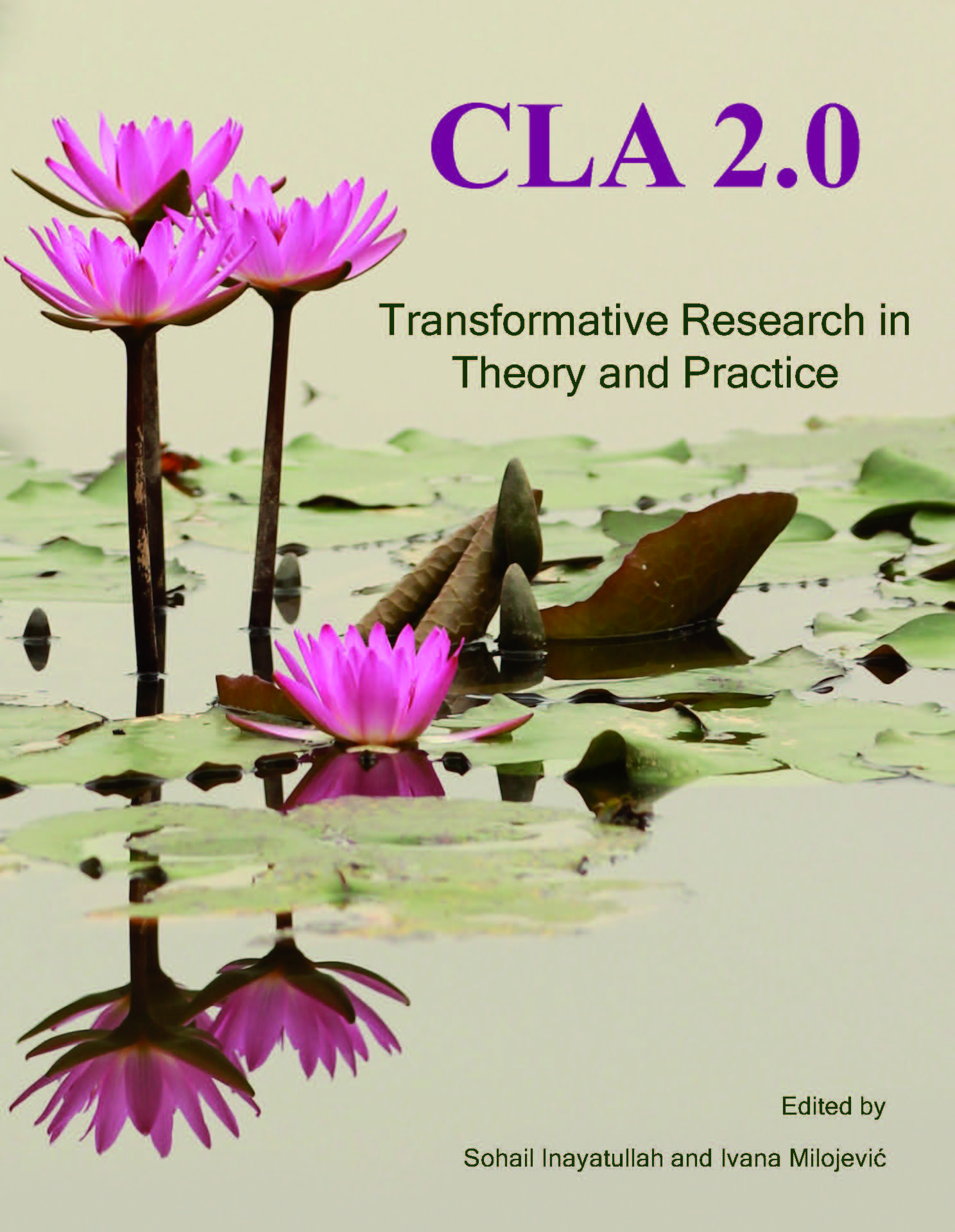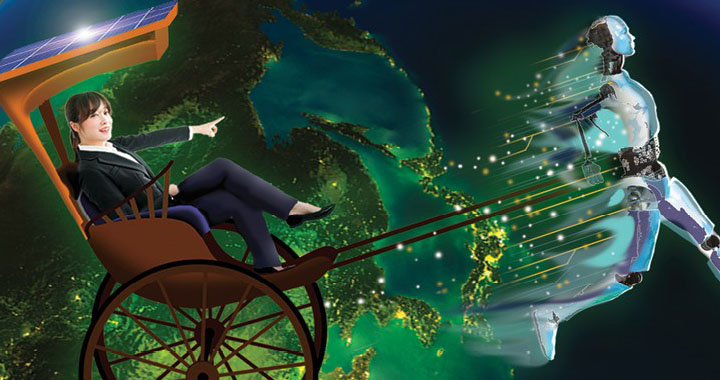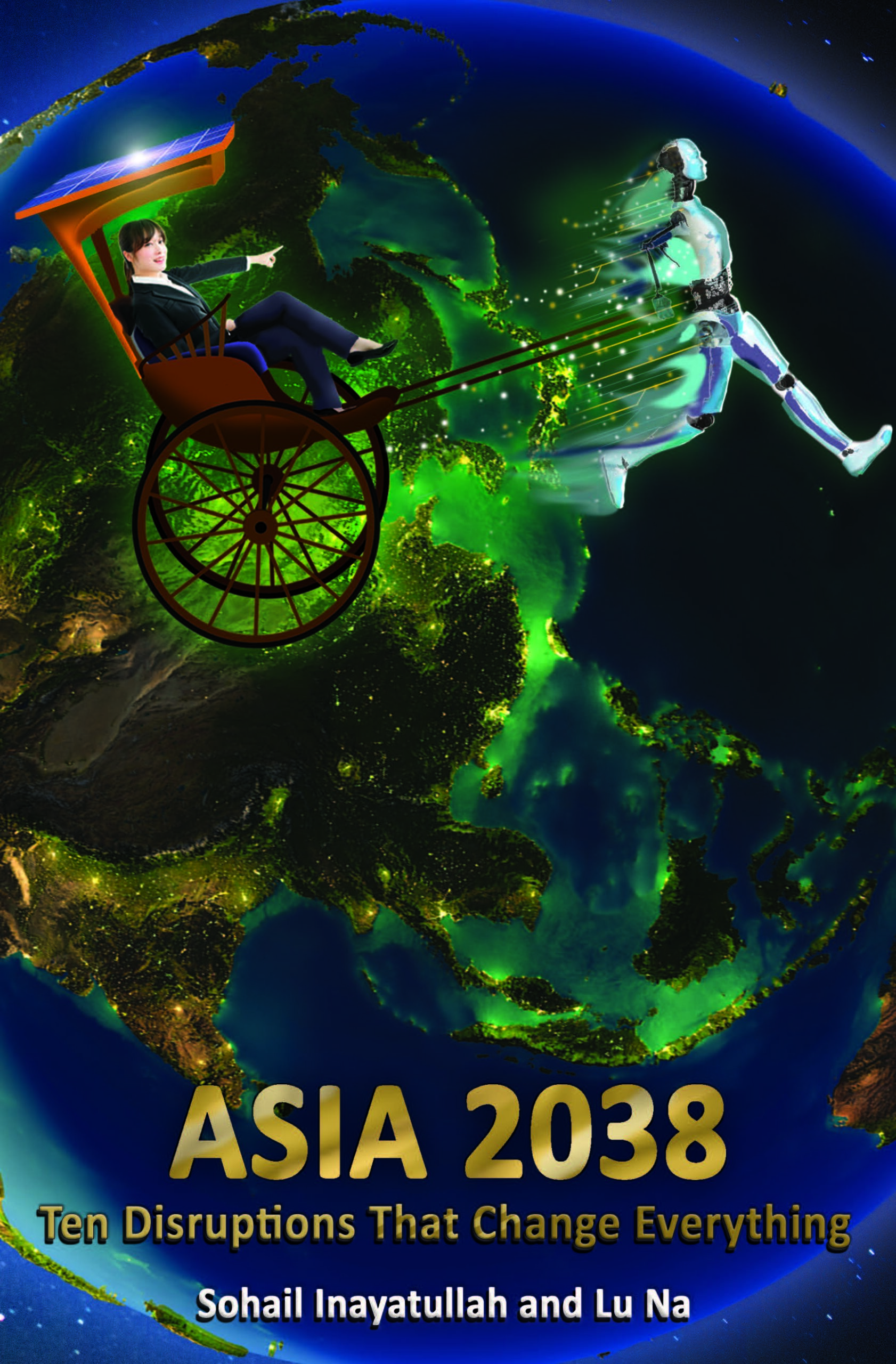By: Natalie Greve, Creamer Media Contributing Editor Online
United Nations Educational, Scientific and Cultural Organisation chair in futures studies Professor Sohail Inayatullah has touted the adoption of “transformative and strategic foresight” by companies in future scenario planning, telling a workshop that this approach creates flexibility in decision-making by moving from a focus on one inevitable future to an analysis of several alternative ones.
This methodology was used by organisations such as the World Economic Forum, which used it to reframe challenges, analyse assumptions about existing organisational challenges and clarify future options for strategic decision-making.
The foresight approach, Inayatullah explained, encouraged a shift from focusing on the day-to-day operational considerations of management to the longer-term transformative dimensions of leadership, introducing broader systematic and transdisciplinarian perspectives and solutions.
“This approach allows [companies] to anticipate emerging issues and weak signals that may derail strategic plans and policies. Through environmental scanning, strategic foresight intends to solve tomorrow’s problems today and discover opportunities early on,” the futurist outlined.
Importantly, the foresight approach changed the temporal horizon of planning from the short term to the medium and long term, while reducing risk by emphasising the positions of multiple stakeholders.
“Often, strategies fail not because of an inaccurate assessment of alternative futures, but as a result of a lack of understanding of deep culture”.
“Blind spots – which are always built into the knowledge framework of each person and organisation – are addressed by including difference. This makes implementation far easier,” said Inayatullah.
Future-based studies and transformative insight in organisations were based on six pillars, the first of which involved the mapping of the past, present and future.
Mapping sought to identify the historical factors and patterns that had created the present, which was itself mapped through environmental scans.
The second pillar saw the anticipation of the future through the identification of emerging issues, while the third pillar sought to “time the future” through an analysis of previous patterns in history.
Inayatullah’s fourth pillar was based on “deepening” the future through an analysis of the deeper myths and world views present beneath the data of the “official” future using causal layered analysis.
A series of alternative possible futures were then created through scenario-planning and an analysis of the critical uncertainties driving the future as well as the archetypes of personal and societal change.
Lastly, through the application of backcasting, visioning and action learning, the future was then “transformed” through the articulation of a preferred future and the development of critical pathways.
Edited by: Chanel de Bruyn Creamer Media Senior Deputy Editor Online
http://www.engineeringnews.co.za/article/futurist-advocates-for-strategic-foresight-in-corporate-planning-2015-12-04






